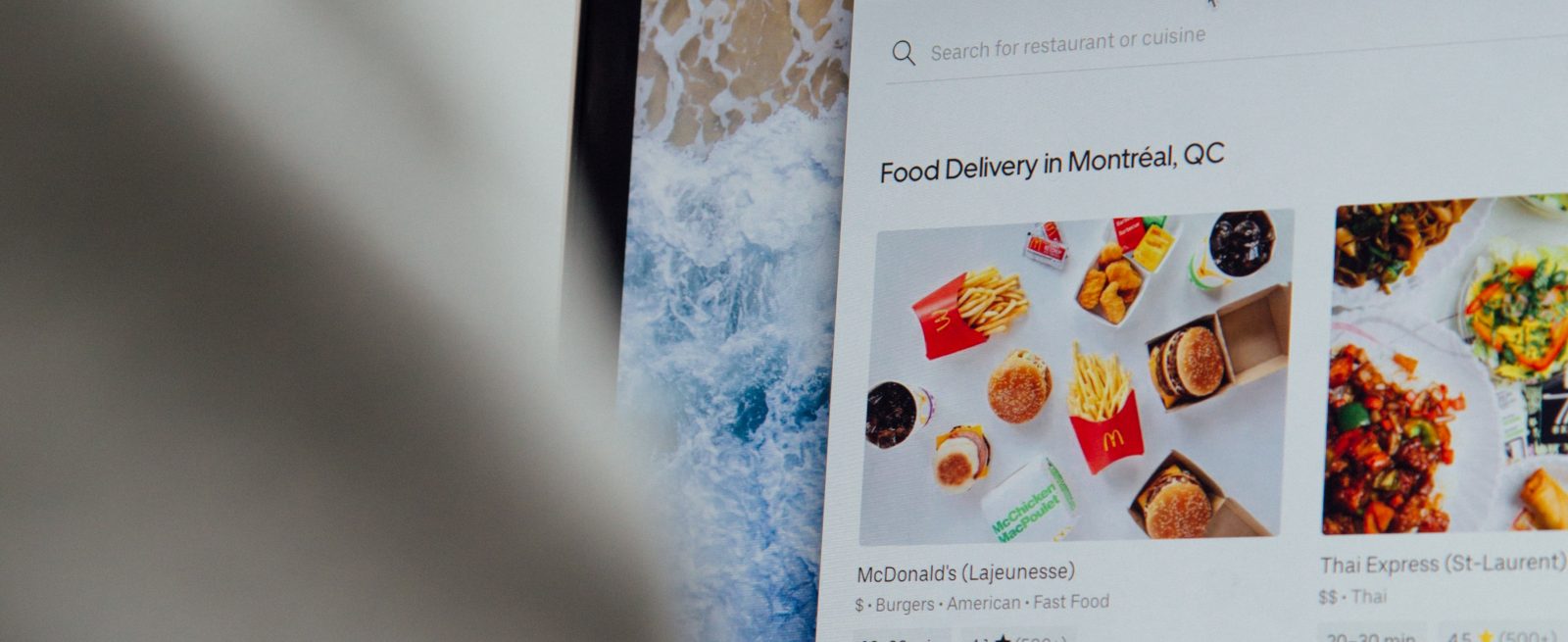Emerging Trends in Restaurant Takeout
2 Min Read By Bobby Marhamat
Traditional restaurant models have always revolved around the on-site experience, and today that continues as restaurants change their models to cater to the demands of a new generation. To accomplish this, restaurants are implementing strategies such as environmentally-friendly policies by using sustainable utensils, recycling cooking oil and having a "zero-waste" goal. Also to accommodate this audience, fast-casual restaurants are upping their games to stay competitive with higher-quality offerings.
The greatest transformation however, is in the shift towards digital ordering for both delivery and takeout, which is consuming a larger percentage of restaurant sales to the point that some restaurants are experiencing congestion at the handoff point. The next wave of restaurant concepts will see two major trends: an overall facilities redesign to better accommodate takeout orders, and more sophisticated digital apps that go beyond simple menu presentation and ordering. Overall, this may result in restaurant concepts that focus on smaller dining rooms and larger kitchens, with specialized areas dedicated to both delivery and takeout.
The next wave of restaurant concepts will see two major trends: an overall facilities redesign to better accommodate takeout orders, and more sophisticated digital apps that go beyond simple menu presentation and ordering.
The issue of congestion at the handoff point is seen across the board, and was the subject of discussion at a recent Starbucks' earnings call, where company executives noted that the overwhelming success of the mobile order and pay solution created the unexpected problem of unacceptably long lines at the drink handoff station. Solutions to the congestion range from appointing specific staff to function as a dedicated food concierge to manage pickup orders, to dedicated arrays of "cubbies" that can be unlocked with a smartphone app, where takeout orders are placed for immediate access without having to wait in line.
New concepts will also focus more heavily on more sophisticated, feature-rich smartphone apps. While the first wave of smartphone apps did little more than present menus and relay orders to the restaurant, newer apps aim to simplify the process, avoid pickup congestion points and even make group ordering easier. Online ordering is giving way to a new type of "digital concierge," which not only presents menus and relays orders – these apps will also know your preferences and favorites, and intelligently guide you to a better overall takeout environment, and create a much more personalized experience.
While the next generation of apps will certainly make things easier for the restaurant patron, the benefits to the restaurateur will be significant as well, in that the data-driven nature of this digital transformation will allow the restaurant to better understand consumer likes and dislikes, and to even present customized menus to different groups of patrons based on that data.
The key to success in the restaurant industry in the coming years is going to be, more than any other factor, the ability to offer a highly customized and personalized customer experience, driven by a new era of digital transformation, intelligent apps and restaurant formats designed to accommodate the growing focus on delivery and takeout.


